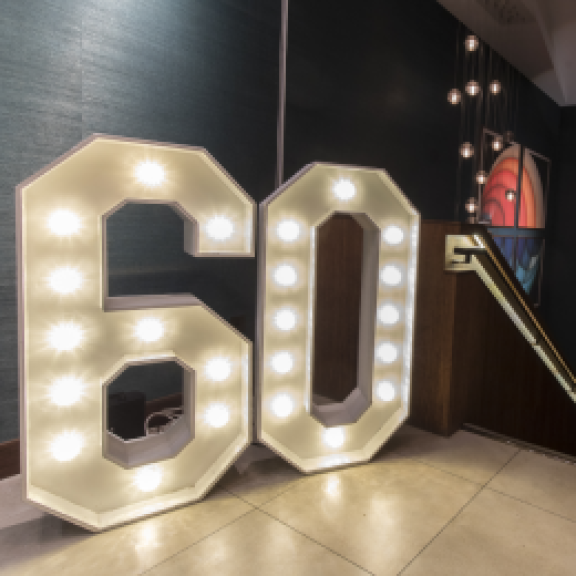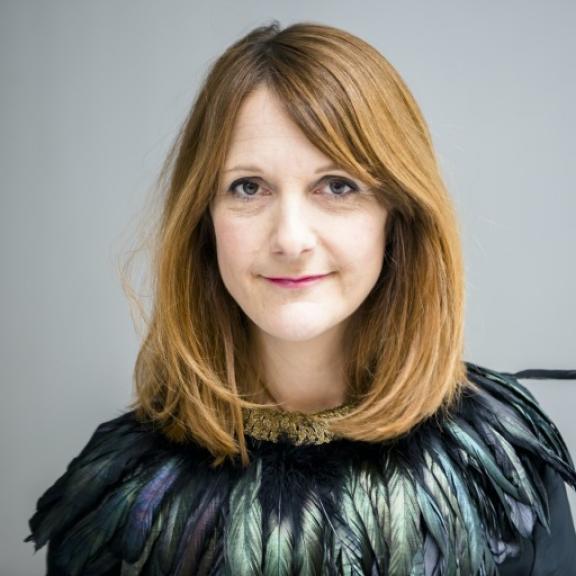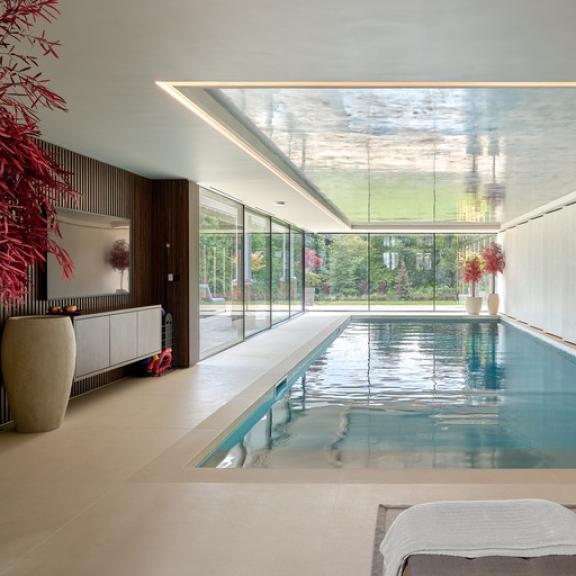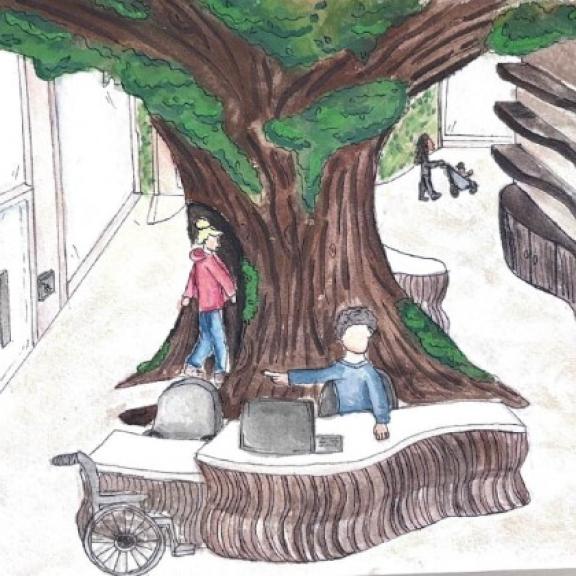What Makes The Perfect Software With Anna Burles
Choosing the best software is essential for every practice. BIID President Elect Anna Burles provides her insights

Our series Practice Made Perfect explores aspects of the interior design process and how they can be made perfect. Each edition features a different BIID designer and their views on an ideal design process. This time we asked President Elect Anna Burles to explain what the ideal software can contribute to the interior design process.
Anna Burles is the creative director of award-winning West London-based design studio Run For The Hills, which she co-founded with her graphic designer and artist husband Chris Trotman in 2012. The studio designs highly original interiors for stylish residential clients and hospitality brands including bars, hotels, cinemas and restaurants. Projects are mainly in the UK, but the studio has also worked on those in France, Switzerland and the Middle East.
We asked Anna to share her expertise on the ever-evolving world of design software as well as the role of AI.
What should you look for in CAD software for ease of use and optimal results?
We use 2D Vectorworks for all of our bespoke CAD design from plans to elevations and joinery packs. Some designers live and die by AutoCAD, but I find Vectorworks more intuitive and a bit more like the Adobe suite – less sterile and code-y looking. Anyone joining us who’s previously used CAD seems to transition quite easily.
And what about modelling software: what does the ideal version offer?
When we want drop-dead gorgeous photo-real CGIs, we work with an amazing 3D whizz, but for more day-to-day perspective modelling, SketchUp is our go-to for testing things out in 3D. It’s pretty intuitive and has a free version, but we use a pro version which gives a bit more control.
We don’t use an SU render program, we just use it to get the 3D bones and then hand-sketch over in Procreate on the iPad, creating looser, storytelling visuals – sketchier lines, evocative, more ‘conceptual’ – conveying a feeling in the earlier stages of concept development. It’s great that we can do these in-house. Photo-real renders are amazing but not all clients want to pay for them.
We’re not currently using AI for 3D but I know lots of designers who are. I tend to hate the look of AI renders (a bit smooth and fake), but we will certainly start experimenting with it more and maybe we’ll upload some of our sketches and see how it copes with adding finishes and collaging to create our own style.
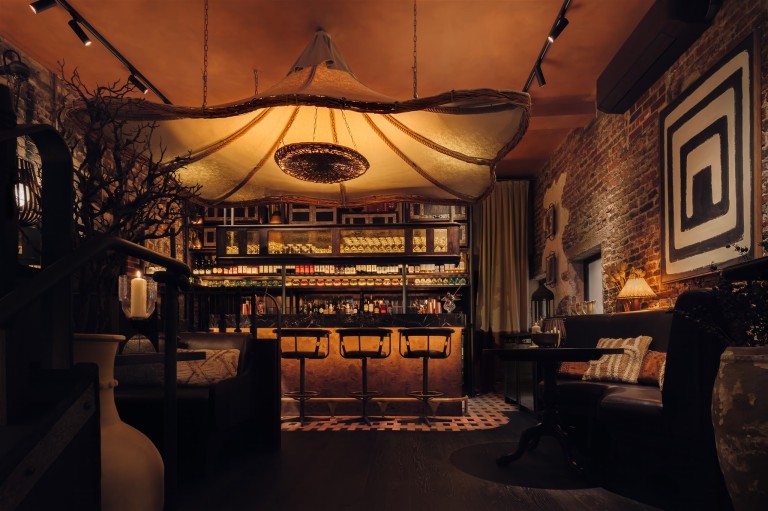
What should you look for from AI to exploit its potential in a practice?
This is huge for us. We’ve had a big shift in the last six months from eyeing it at a distance and using ChatGPT occasionally to waking up one day, listening to five hours of podcasts and deciding this is it, we’re on the juggernaut. Now we are using it multiple times every day in so many ways, experimenting with it in almost every area of operational process in subtle but powerful ways.
In terms of the business side, it’s a quiet revolution. We’re finding that you can almost use it for any task that you would usually do yourself. For example, we might get it to do a first bash at timings plans using previous examples, or doing a starter for ten quote comparison for clients for white-glove storage handling (which it can do in minutes). We’re also getting it to analyse project data in Excel, checking for costing anomalies, catching broken formulas, or pulling insights from old projects. It’s not glamorous, but incredibly useful. It always needs editing and checking and it can often get things wrong but the speed is incredible and that frees you up to do other important things with clients or your team.
For Google users, which we are, the new Gemini AI tools inside Gmail and Docs can now search, summarise and organise emails: a small change that makes a big difference to workflow.
On the creative side, we do use it, but less than on the operational side. Creatively, we love to collage or enhance sketches in Photoshop using AI functions to remove and change backgrounds, add different textures and elements, and play with lighting, so we’re more using it to explore early ideas and concept mood images in Midjourney. It can get it very wrong, but if you play around it can also come up with some great montaged images which help communicate your thinking to clients.
I see AI as a hyper-talented personal assistant and definitely not a designer, and it is only as good as the strategy, prompts and concepts, content, guidance, feedback and creative direction that you feed it. For me, it’s all about freeing up space to think and ‘be’ as a designer. With more time to spend with clients, suppliers, contractors and my team, we can focus on driving the human side of projects forward and delivering great design. AI can’t talk to builders or discuss the finer points of a joinery design, or make peace between clients who can’t decide on a colour scheme. 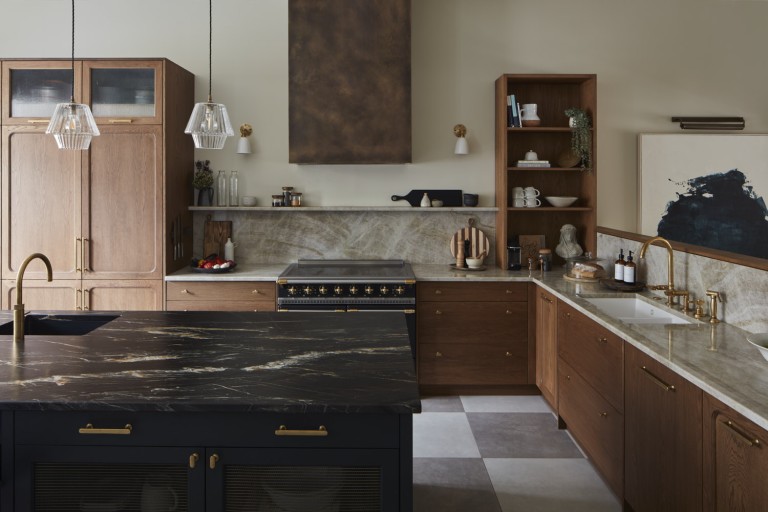
What features would the perfect project management software have?
We have tried so many! Basecamp, Asana, Trello and now Slack. They all have their positives but limitations, too. The dream tool would seamlessly bridge creative process and business logistics: one system that links CAD, drawings, FF&E, budgeting, scheduling and client/contractor comms.
But at the moment, it doesn’t exist, so we rely on a mix:
Slack for creative chats and project channels. We do love this one – fast, visual and less formal than email.
Pipedrive for new business tracking and proposals (a bit clunky).
Tick for time-sheeting to keep projects on track.
Excel for scheduling, budgeting, estimating and Gantt chart timings.
Google Sheets for wider team/contractor/stakeholder tracker, RFIs and updates, so everyone can work live in real time.
Fathom – a game-changing AI meeting notetaker issuing meeting minutes and action points within minutes of a meeting ending (which we’re now trying to integrate into our Slack project management program with immediate task lists and actions going into project channels).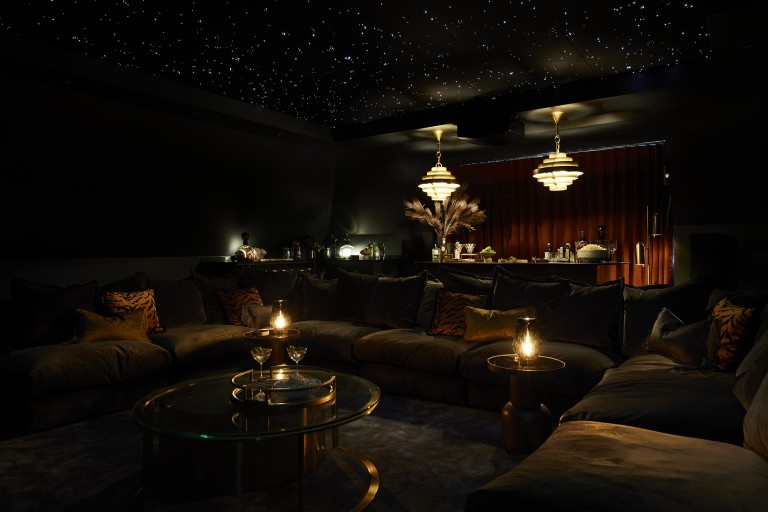
And the ideal software for presentations?
Presentation for us is everything, and it helps that we have an amazing in-house graphic design and art team, who raise the bar on all of our creative presentations. We use InDesign for proposals, concepts, and client decks and even the most functional documents feel very designed.
For early concept work and sketch ideas we use Procreate and Photoshop for sketching and collaging and build out look-and-feel mood boards that start to tell the story before any detailed CAD, elevations or CGIs exist.
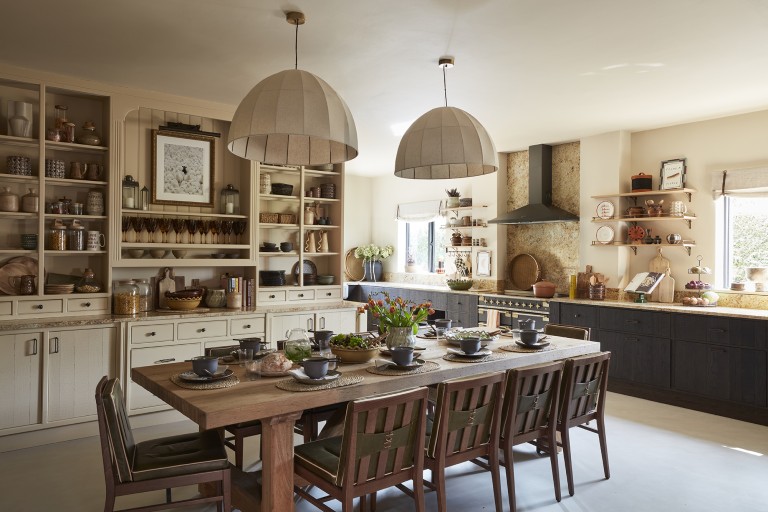
Is there anything designers should consider when choosing other software such as spreadsheet/database?
Absolutely. This is where your studio lives or dies financially; the numbers have to add up to keep the studio running and the team paid on time. We use Xero for accounting, Dext for receipts, and Excel/Google Sheets for budgeting and estimating (backed up by increasing amounts of AI).
After being in business for years, we all have archives of proposals, FF&E scheduling and bespoke pricing data that’s pure gold and we are looking for ways to use AI and automation to mine it and tell us where our costs creep and where our business margins are most healthy.
The other key, we think, is to make sure all of these new tools can talk to each other, so we’re also doing lots of stuff around compatibility to find the perfect mix, which I’m sure might need to be adjusted every six months with the pace of change. But by being nimble and flexible we can hopefully buy back time to flex when change is needed.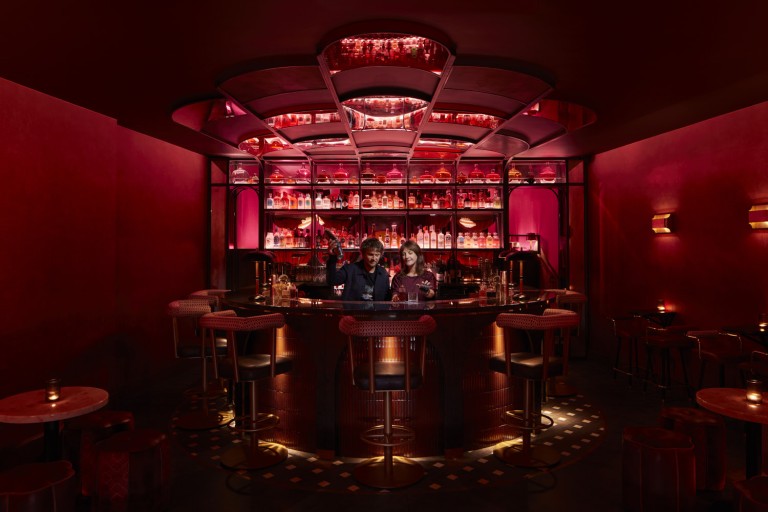
You’ve talked about compatibility, but are there any other issues designers should bear in mind in order to select the best software?
Maybe think about integration first and how well new software sits within your existing workflow. Also make sure you’re using the pro/secure versions of new AI and software to protect the security of your client data and images. And try to use software which updates and evolves.
Don’t ignore the cost. Every subscription and new whizzy feature adds up, and when you’ve got 15 team members like us, the monthly spend becomes serious, so we’re also having to check regularly what we’re actually using and what we’ve outgrown.
All in all, getting the perfect software mix isn’t about having it all; it’s just too big a minefield and we’re all trying to navigate the addition of AI into the mix. But getting a better set of tools that save time can free you up to do what you do best: taking clients on a creative journey, inspiring your team, and spending more time guiding and mentoring them, and that’s where the magic happens. Let’s bring on this brave new tech world!
Find out what makes the perfect client in our Q&A with Naomi Astley Clarke and what makes the perfect architect in our Q&A with Henry Prideaux, what makes the perfect surveyor in our Q&A with Michael Schienke, and the perfect Junior Designer in our Q&A with Verity Coleman
Image credits:
1.) Anna Burles Photography by Will Pascall Photography
2.) DOOD Restaurant, Newcastle. Interior design and branding by Run For The Hills, Photography by Anna Miller
3.) Fulham Townhouse, London. Custom kitchen design by Run For The Hills, Photography by Philip Durrant 4.) Home cinema and bar, Surrey. Interior design by Run For The Hills, Photography by Philip Durrant
5.) Redmere Hall, Wiltshire. Custom charred wood kitchen by Run For The Hills, Photography by Philip Durrant
6.) Heartbreaker Bar, Worthing. Interior design and branding by Run For The Hills, Photography by Philip Durrant
Explore new resources from the BIID. Seeing a padlock? Just login or become a member to view.
View the highlights from our 60th anniversary party
We asked Anna Burles: What makes the perfect software?
Discover the smart home technology awards with Platinum Partner, CEDIA
Explore the latest, member-exclusive, templates designed to make your life easier.
University of Gloucestershire wins the BIID Student Design Challenge 2025.

